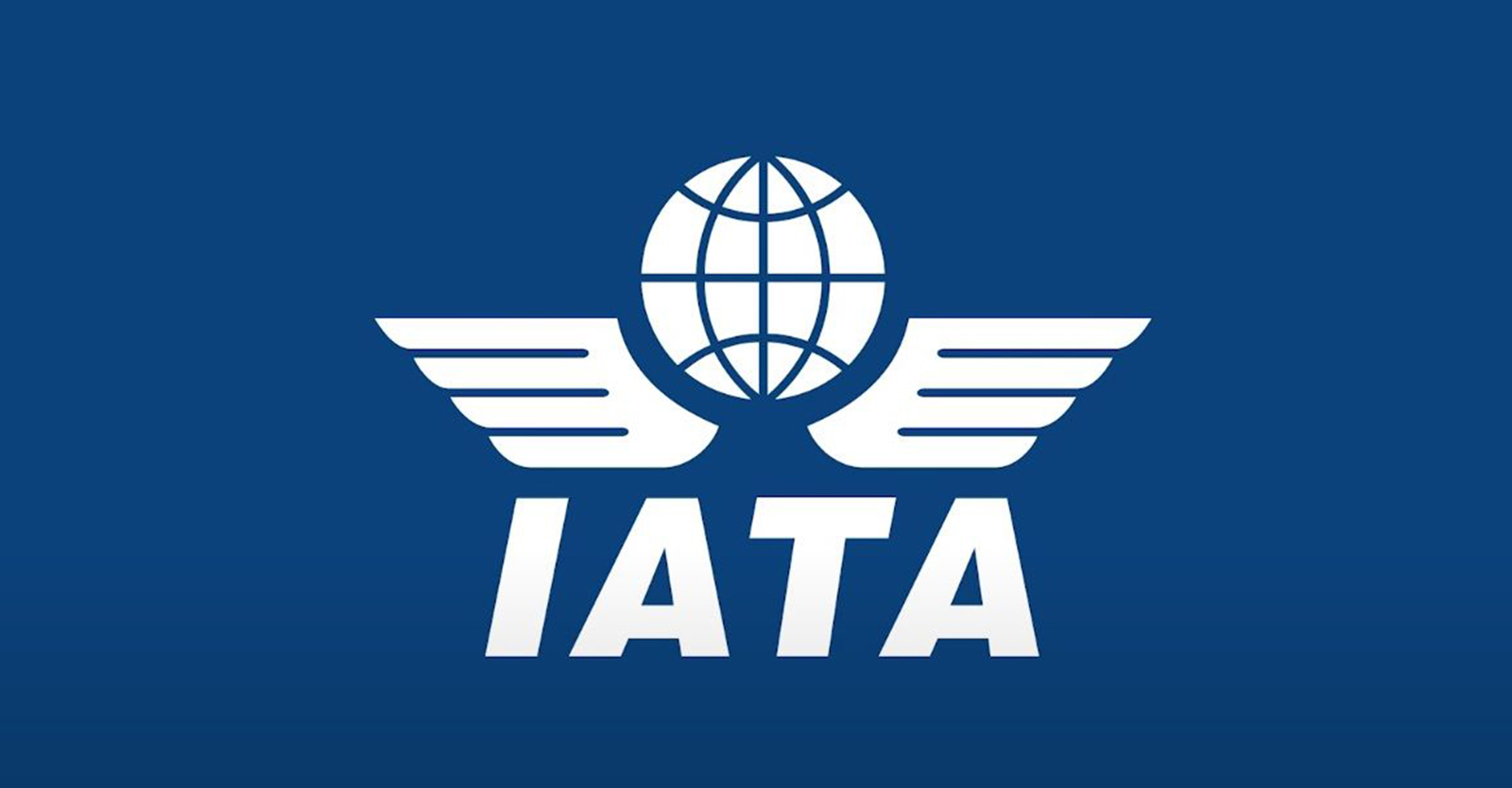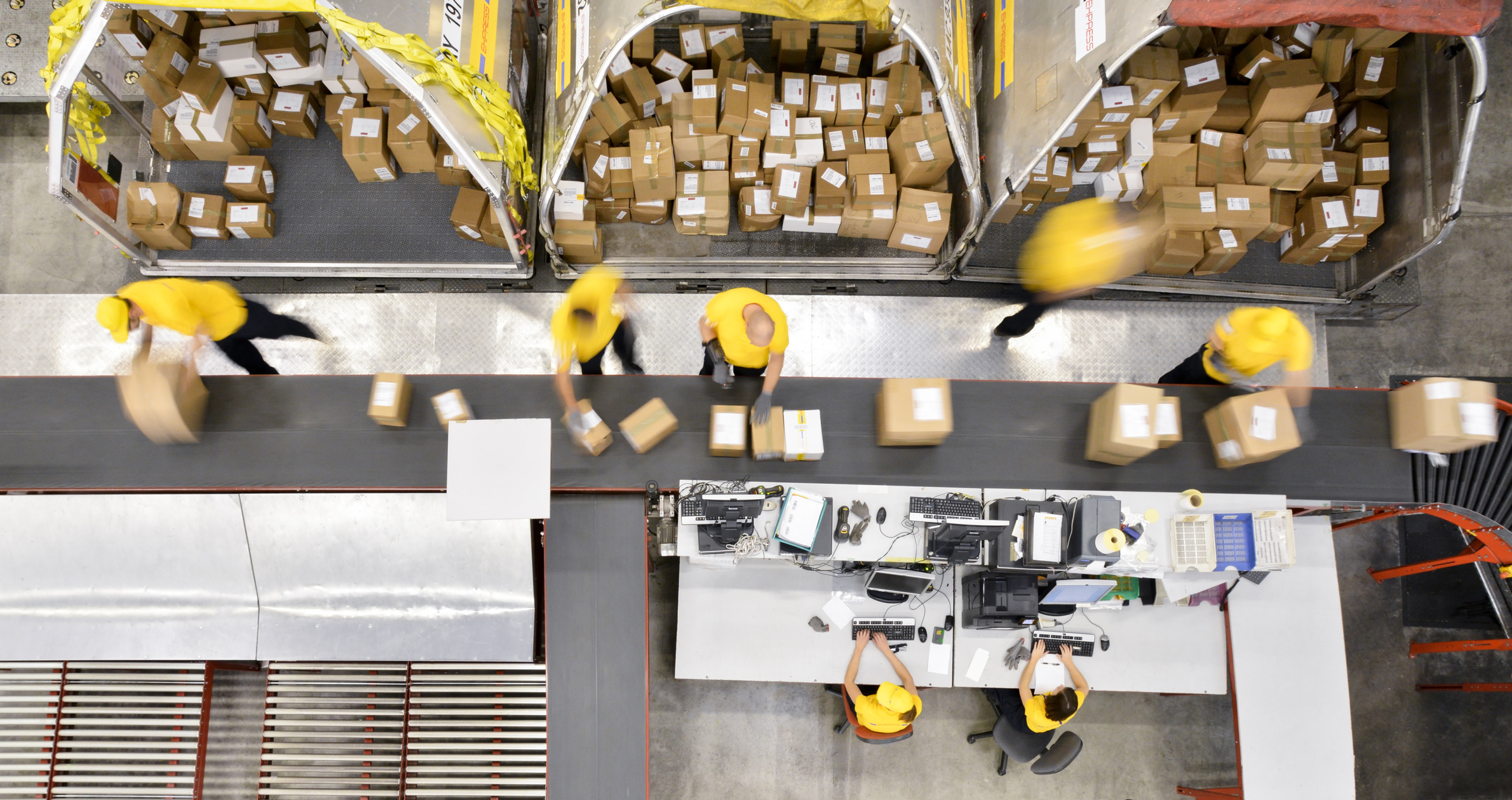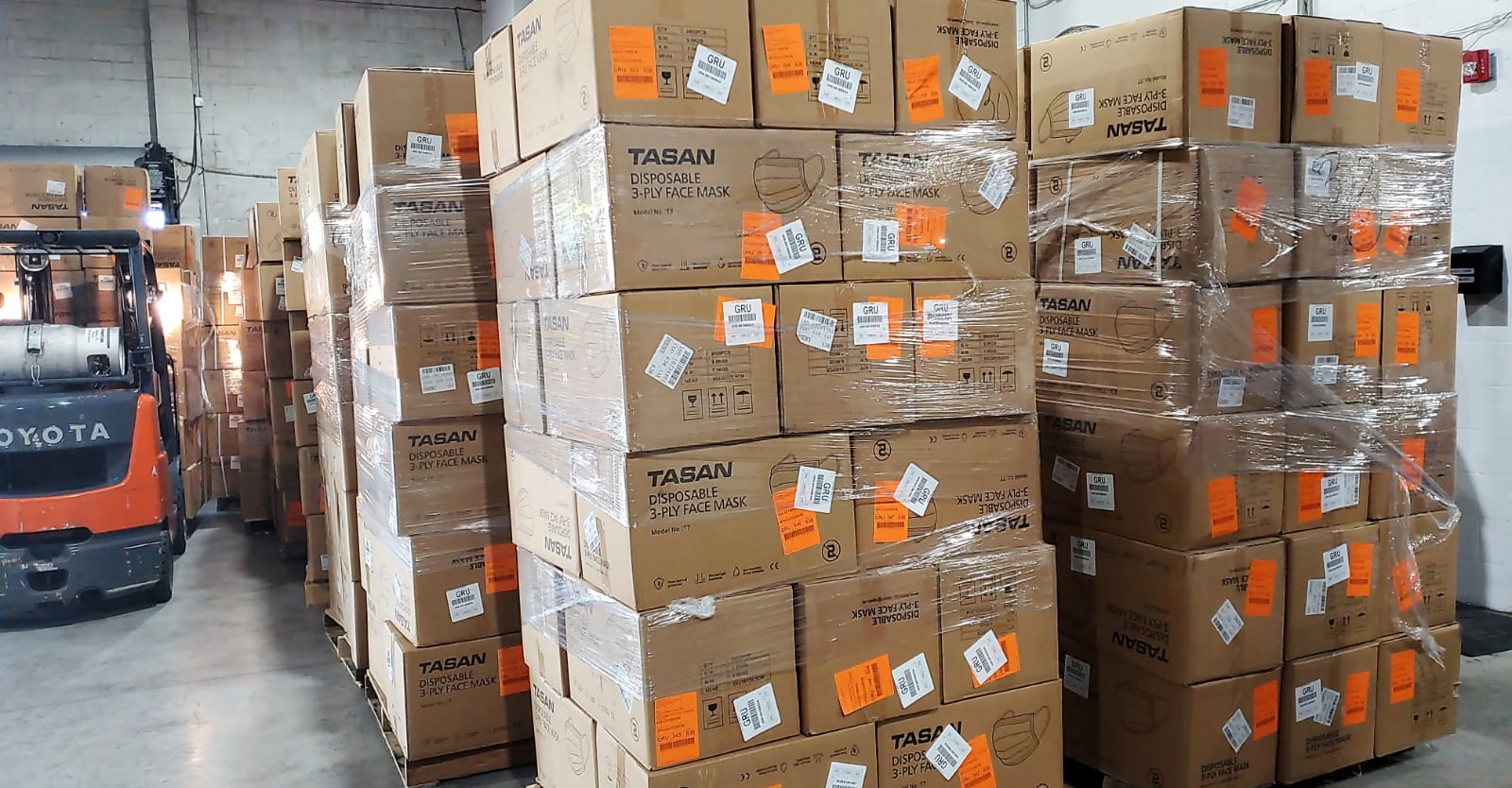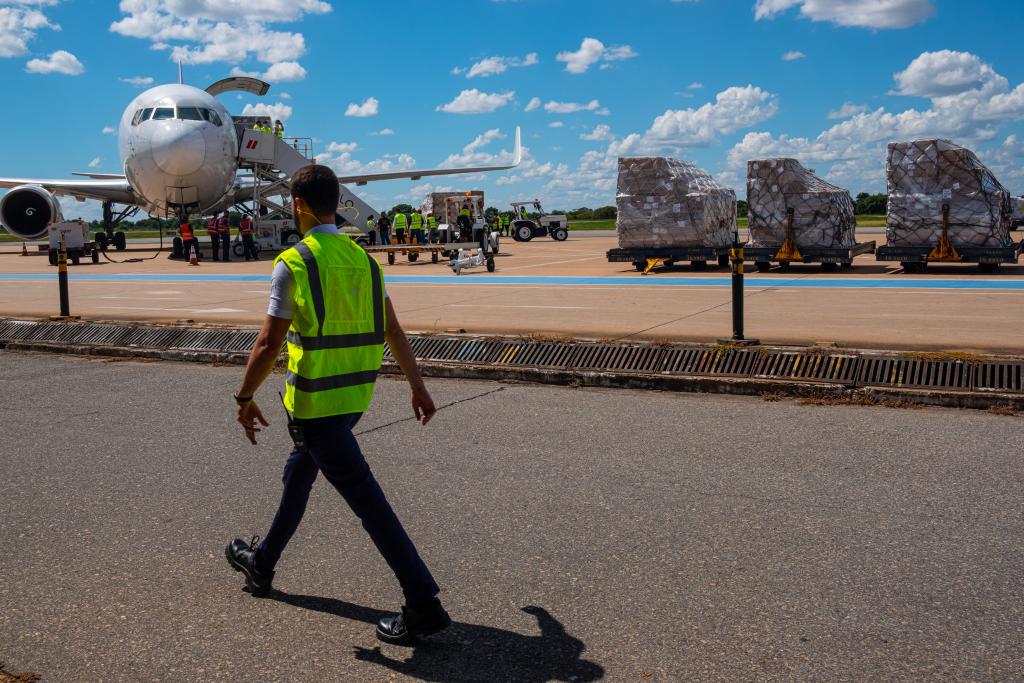The aerospace industry has been on the path to a transformation. There have been many changes to reflect upon in the industry. Some of this includes what the future of aviation consists of, the probability of flying with zero net emissions by the year 2050, and if the covid 19 pandemic has negatively impacted making the aviation industry more sustainable. Over the last century, the aerospace industry has had many advances. This includes developing a focus on weight, propulsion innovation, aerodynamics and the configuration. In addition, over the previous 40 years, we made the convenience of air travel a pressing matter, prioritizing its efficiency and accessibility.
Focal points for making aviation industry sustainable
Over the last decade, however, the focus on achieving net zero in the aviation industry became substantial. It was mandatory for air travel to have zero-greenhouse emissions in order to operate. The focus on zero-greenhouse emissions has not been as public as the early adaptations were in the aviation industry. Other current focal points in the aviation industry include a focus on sustainable propulsion technology. This technology fuels aircrafts with solar and wind energy sources. Another focus point has been on making planes lighter in order to reduce emissions. Another center of attention is creating shape-shifting aircrafts that can adapt to flying conditions. In order for these technologies to function, advancements need to be made in the aviation industry.
Research persists for long-term sustainability in aviation
Covid-19 created a downturn for the aviation industry. However, the research behind reaching long-term sustainability goals has persisted. For example, Airbus has recently revealed concepts for a zero emission commercial aircraft that could begin service in 2035. As well, British Airways is developing a hydrogen powered flight, all of which aid in cutting net carbon emissions. Zero-emission aircrafts or hydrogen powered aircrafts are not able to fly vast distances. Therefore, in order to achieve emission reductions, sustainable aviation fuel should be the focus. An example of a company that brings focus to this is Neste, which is the world’s leading producer of sustainable aviation fuel. It produces this fuel from waste and residue raw materials.
Raw materials being used commercially is a method to obtain sustainable aviation. By utilizing this source of raw materials, it could have the potential to substitute fossil jet fuel within 5-10 years. In order to grow this effort additionally, the switch to liquid technologies will lead to reaching zero-emission goals further. By reaching zero-emission goals, the chances of the future generations achieving zero net aviation will be attainable.
VIEW ARTICLES
Sustainable flying blog. IATA. (n.d.). Retrieved February 10, 2022, from https://www.iata.org/en/programs/environment/sustainable-flying-blog












